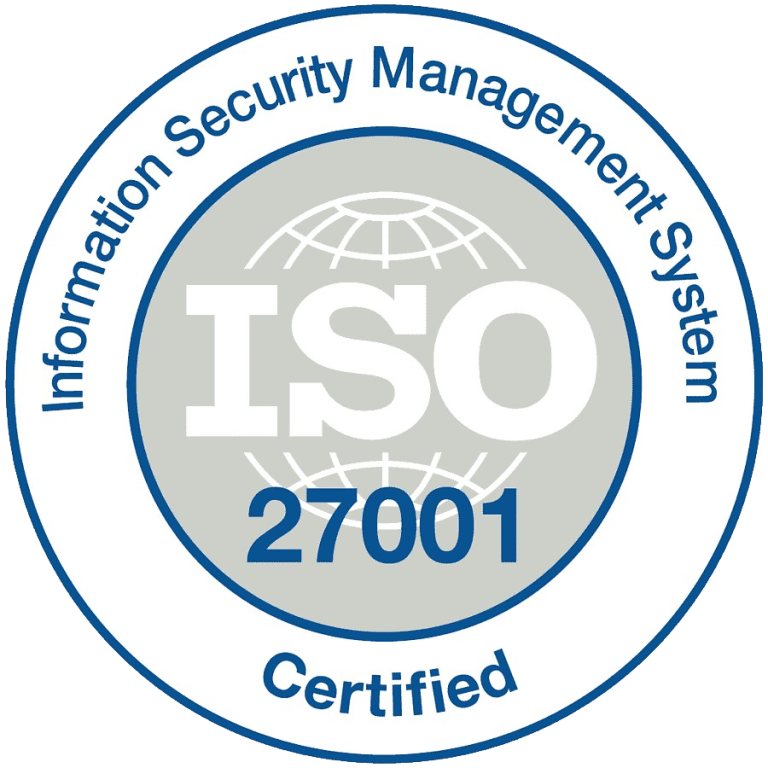USSD (Unstructured Supplementary Service Data) technology, despite often being overshadowed by more advanced internet-based solutions, remains a remarkably effective tool for businesses, particularly in regions where internet access is limited or non-existent.
Unlike complex digital platforms, USSD operates over basic mobile networks, making it accessible on simple mobile phones without an internet connection. This simplicity is its strength, allowing it to reach populations in remote or underserved areas where more sophisticated technology might fail.
This article explores real-world case studies of successful USSD implementation across various industries, illustrating its versatility and impact. Examining these examples reveals how USSD has effectively addressed challenges in finance, education, healthcare, and agriculture.
Each case study highlights how USSD technology has been utilized to overcome specific obstacles, enhance service delivery, and drive significant outcomes.
4 Case studies of successful USSD implementation in businesses
Below are four (4) case studies of USSD implementation in businesses that are successful:
Financial Inclusion: M-Pesa’s USSD-Based Mobile Banking
Before the advent of M-Pesa, many individuals in Kenya, particularly those residing in rural areas, faced significant barriers to accessing traditional banking services.
The absence of physical bank branches in these remote areas and the lack of reliable internet connectivity created a considerable gap in financial inclusion. Many people were excluded from the formal banking sector, and they were without essential financial services such as savings accounts, money transfers, and bill payments.
This lack of access limited their ability to manage their finances effectively and restricted their economic opportunities and financial stability. Launched by Safaricom in 2007, M-Pesa revolutionized the financial space by using USSD technology to provide a solution that addressed these barriers.
The system allowed users to perform a variety of financial transactions using their mobile phones without needing an internet connection. By dialing a simple USSD code, users could:
Send and receive money:
M-Pesa allows users to transfer funds or withdraw cash through agents, making it easy for people in remote areas to send or receive money.
Pay bills:
Users can pay electricity, water, and other utility bills directly from their phones, saving time and eliminating travel.
Access microloans:
M-Pesa offers quick mobile loans to small-scale entrepreneurs and individuals, promoting financial access and inclusion.
Retail Innovation: Eneza Education’s USSD Platform
Eneza Education, an educational technology company founded in Kenya, sought to address the academic needs of students in remote and underserved areas.
Many of these regions needed more reliable internet access, making traditional online learning platforms impractical for the target audience. To bridge the education gap, Eneza Education developed a USSD-based platform designed to work on basic mobile phones.
Key features of the platform included:
Educational content access:
Students used USSD codes to access a wide range of learning materials, including subject-based lessons and quizzes.
Quizzes and assessments:
Interactive quizzes helped students test their knowledge and monitor their academic progress.
Learning resources:
The platform delivered grade-specific educational content without requiring internet access, making learning accessible to millions. Eneza Education reached over 1.5 million students, improving education in underserved areas.
Healthcare Efficiency: Zambia’s Mobile Health Program
Zambia’s healthcare system faced considerable challenges, particularly in rural areas where internet connectivity was often unreliable or non-existent.
To solve these challenges, the government launched a USSD-based mobile health program that streamlined appointment scheduling, improved information sharing, and enhanced access to essential healthcare services. The key features of the program included:
Appointment scheduling:
Patients could book, reschedule, or cancel appointments via USSD, reducing wait times and easing administrative work for healthcare facilities.
Health information access:
Through USSD, patients accessed reliable health tips, treatment guidelines, and disease prevention advice, helping them make informed health decisions.
Medical advice:
Zambia’s USSD-based health program provided instant medical guidance without internet access, improving efficiency, access, and overall healthcare delivery in remote areas.
Agricultural Development: The SokoWatch USSD Platform
SokoWatch, a Kenyan agribusiness startup, identified the struggles of small-scale farmers who relied on basic mobile phones and had limited access to market information and agricultural advice.
Without reliable internet, these farmers often faced poor yields and unfavorable market outcomes. To solve this, SokoWatch created a USSD-based platform that provided essential support and resources.
Market prices:
Farmers used USSD codes to check real-time produce prices, helping them choose the best time and place to sell and maximize profits.
Crop conditions:
The system shared alerts on pests, diseases, and harvest timing, enabling farmers to manage crops efficiently and improve yield quality.
Agricultural advice:
The SokoWatch USSD platform provided practical, location-based farming tips. Its simple design made it easy to use, helping farmers boost productivity and profitability.
Transforming industry challenges into opportunities for growth
These case studies illustrate how USSD technology can effectively address various industry challenges. From enhancing financial inclusion and educational access to improving healthcare efficiency and supporting agricultural development.
Also, USSD offers a cost-effective and accessible solution for reaching underserved populations and optimizing business operations. As businesses seek novel approaches to engaging with customers and refining their services, USSD remains a crucial tool for achieving these aims.





